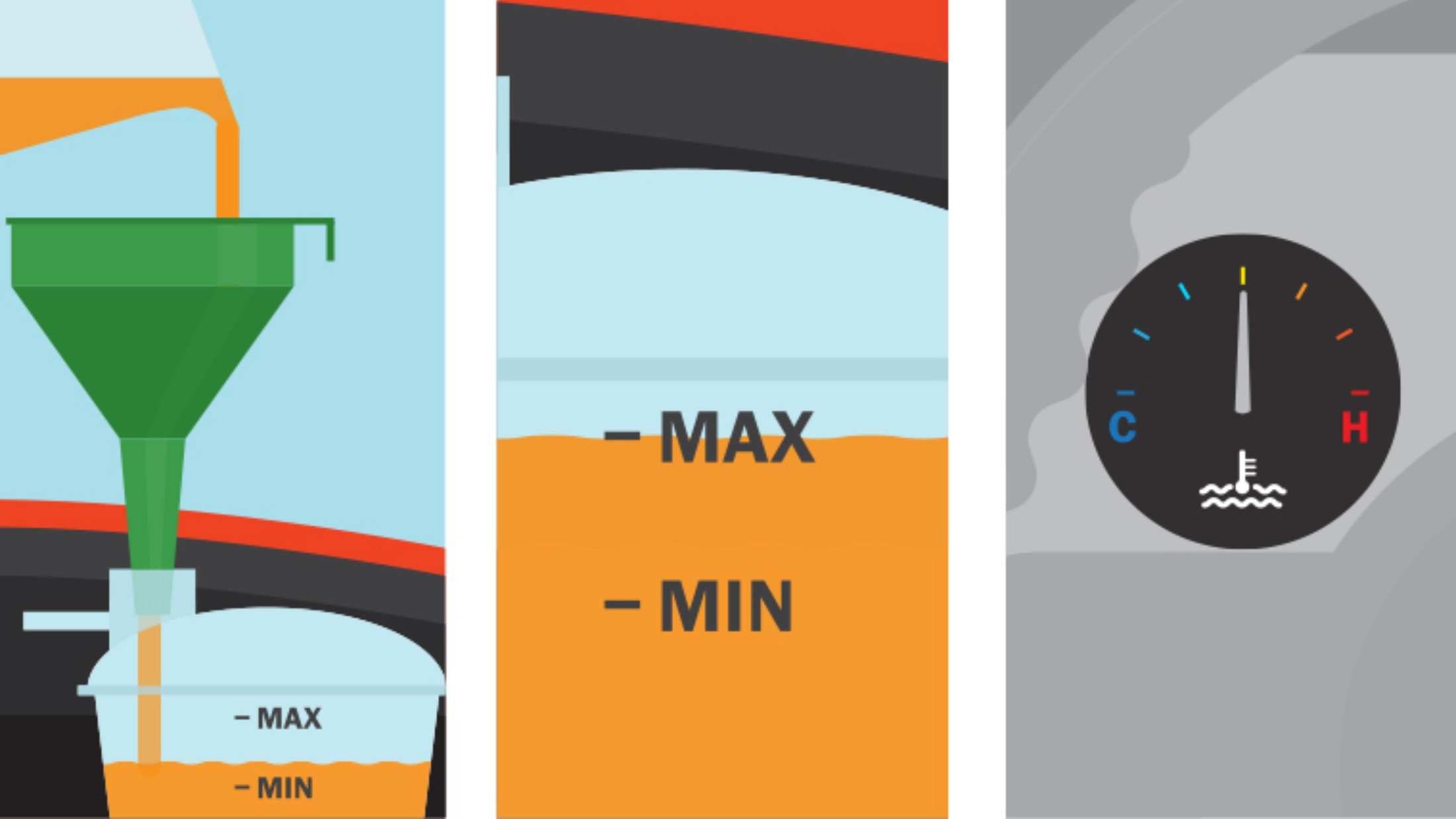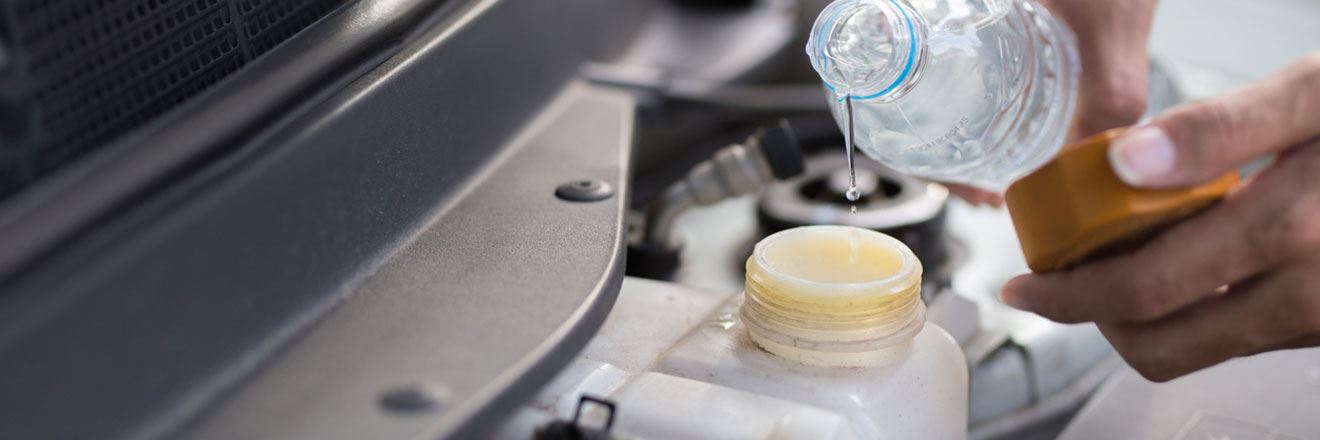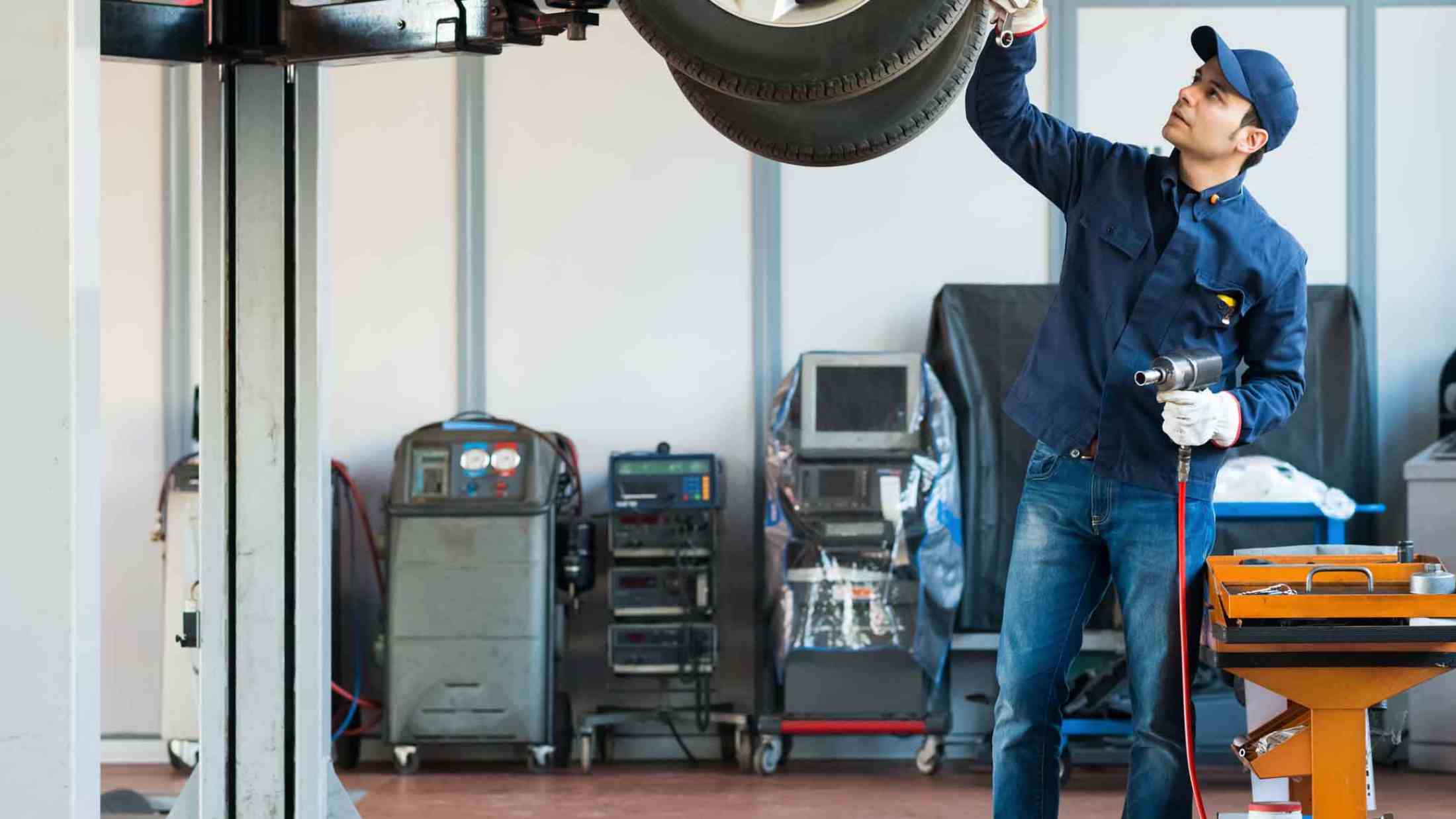Back in the 1960s and 70s, it wasn’t unheard of for cars to have air-cooled engines. Today, water is the universal method of keeping steady engine temperatures in petrol and diesel cars.
- Why does my car need coolant?
- Do I need to add antifreeze to my car's coolant?
- How do I find my car's radiator reservoir?
- How do I top up my car's coolant?
Why does my car need coolant?
Since pistons and other moving components fire at incredibly high speed, it’s essential to make sure your petrol or diesel car has enough water in its radiator to keep the engine cool. If you don’t, you could risk mechanical damage or engine failure.
If you’re driving an electric vehicle, you’ll still need coolant for your battery. But as the system it needs to go in is sealed, it’s worth asking your local garage to top it up for you.
Do I need to add antifreeze to my car's coolant?
When water freezes at 0°C, it expands into ice crystals. Since freezing temperatures are fairly common in the UK, your car's radiator needs more than just water to work properly in chilly weather. You’ll need to add antifreeze to keep things running smoothly.
Mix equal parts water and antifreeze for better performance. The antifreeze will also raise the boiling point of the water, which will help stop your coolant turning to steam when your engine heats up. 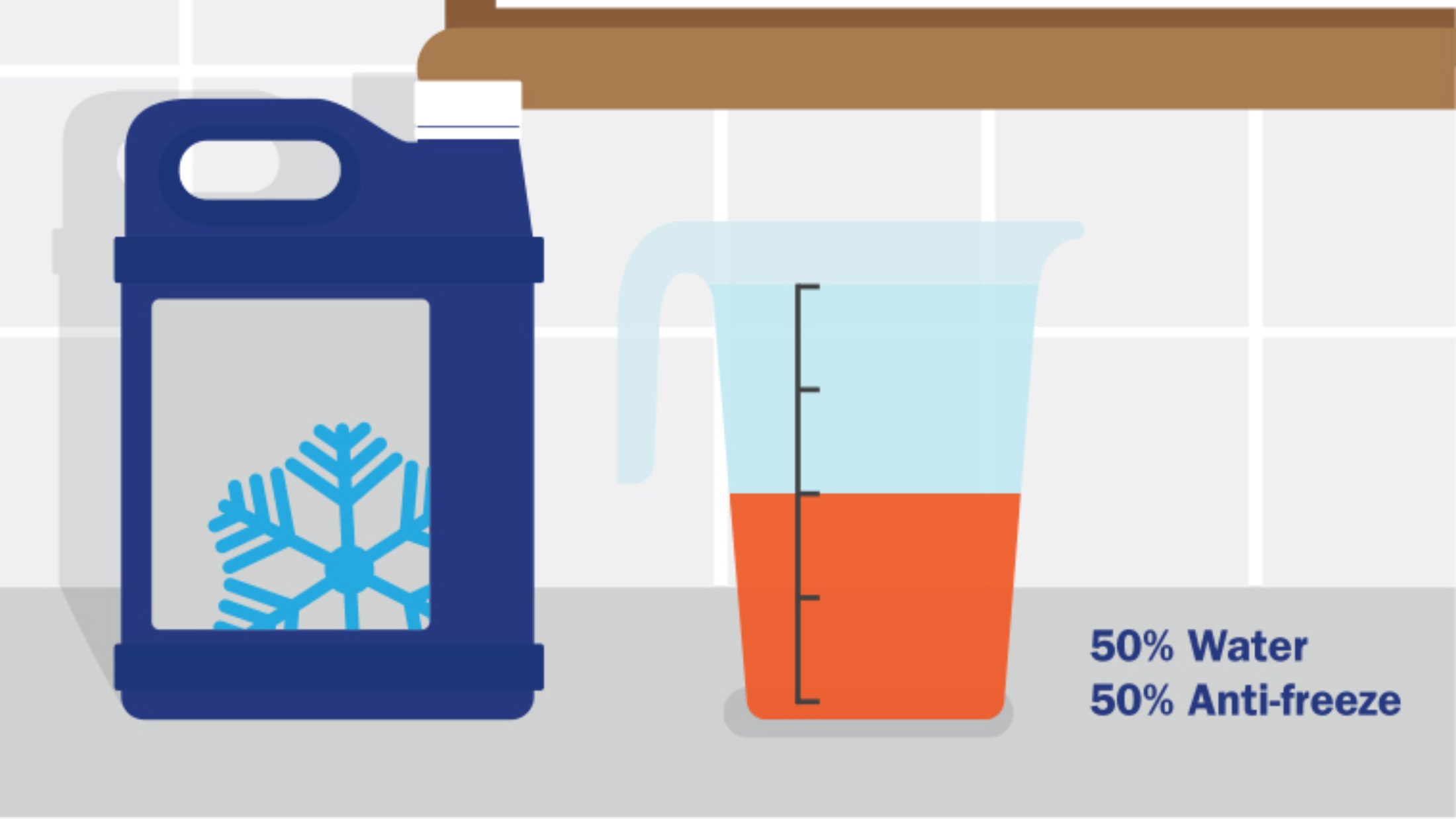
How do I find my car's radiator reservoir?
Before you top up your coolant, you’ll need to make sure your engine’s cold. Don’t try and top it up after you’ve just been driving – you could end up being scalded by steam in the radiator or pipes.
Once you’re sure your engine is cool, open your bonnet and look for the coolant reservoir. The cap for this should be on top of a transparent plastic container with min and max markings down the side. You should be able to see how much liquid’s still left inside.
Unscrew the cap and set it aside somewhere safe. Don’t put it too nearby in case it gets knocked over and disappears into the engine.
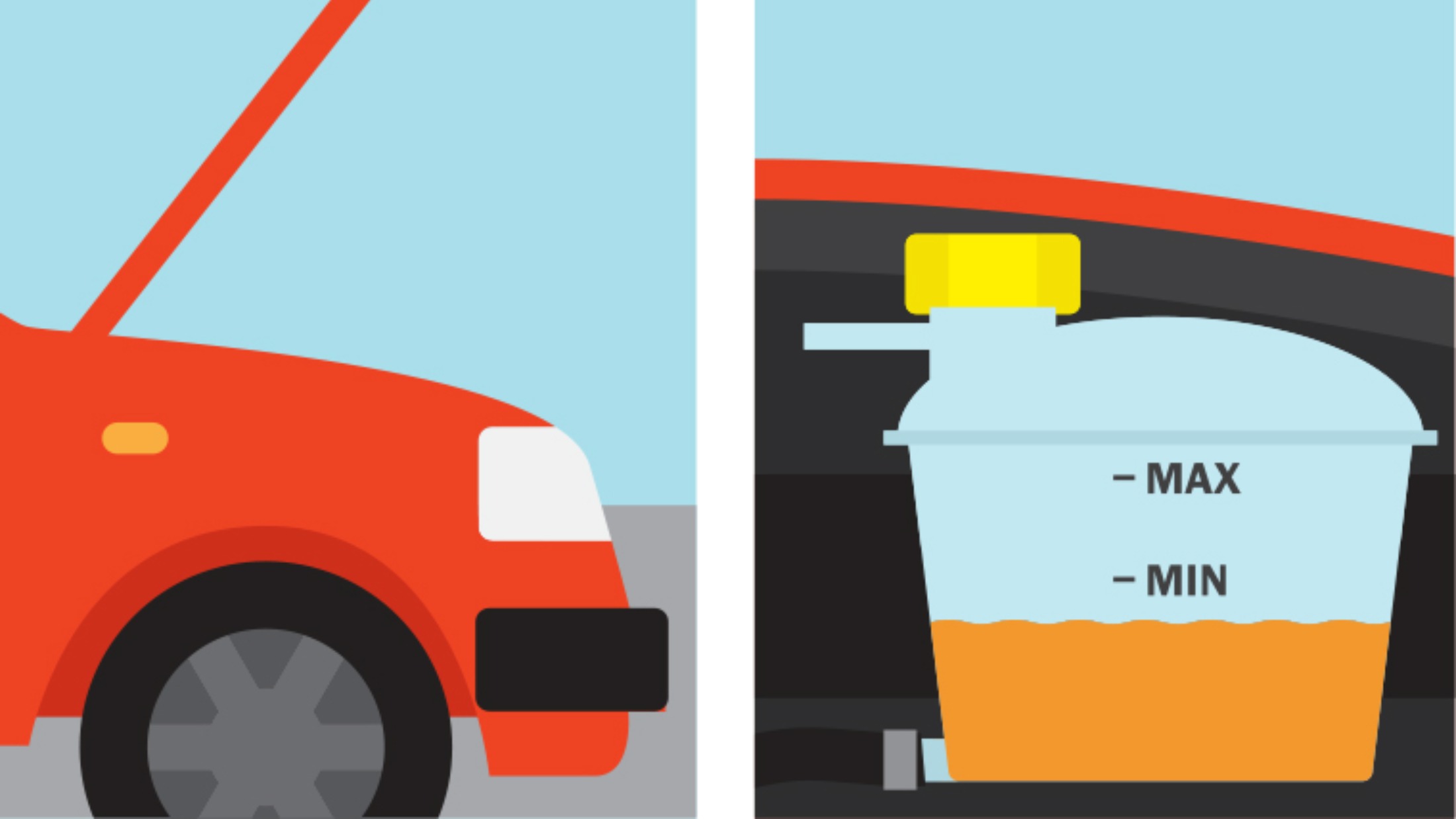
How do I top up my car's coolant?
It doesn't matter which order you add the water and antifreeze. They’ll combine when the engine next starts anyway. What does matter is that the water is distilled or bottled.
Don’t use tap water for coolant in your car. Tap water can contain minerals or particles which could damage your engine and clog up the radiator pipes over time.
Pour in equal amounts of water and antifreeze using a funnel to avoid spillages. Antifreeze is highly poisonous to animals, so don’t let any spill on the ground where it may be walked on or ingested by pets. Make sure the liquid level is closer to the max mark on the reservoir than the min, and then firmly hand-tighten the radiator cap.
Finally, start your engine and let it idle for 10 minutes. Keep a close eye on the temperature gauge while your car’s idling. It should settle midway up the dial, letting you know your coolant’s at the right levels to cool your car’s engine.
